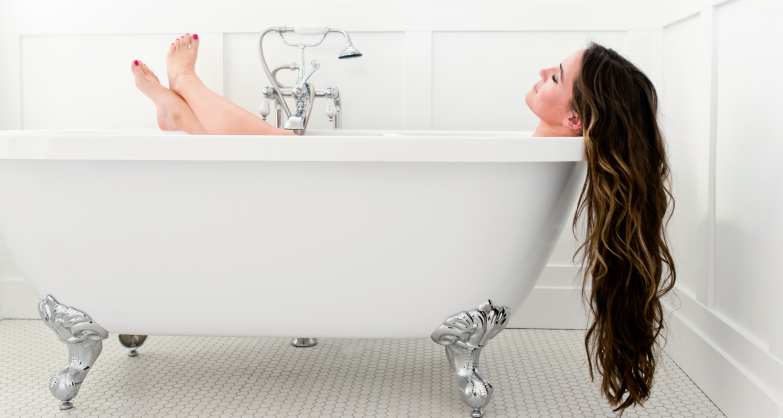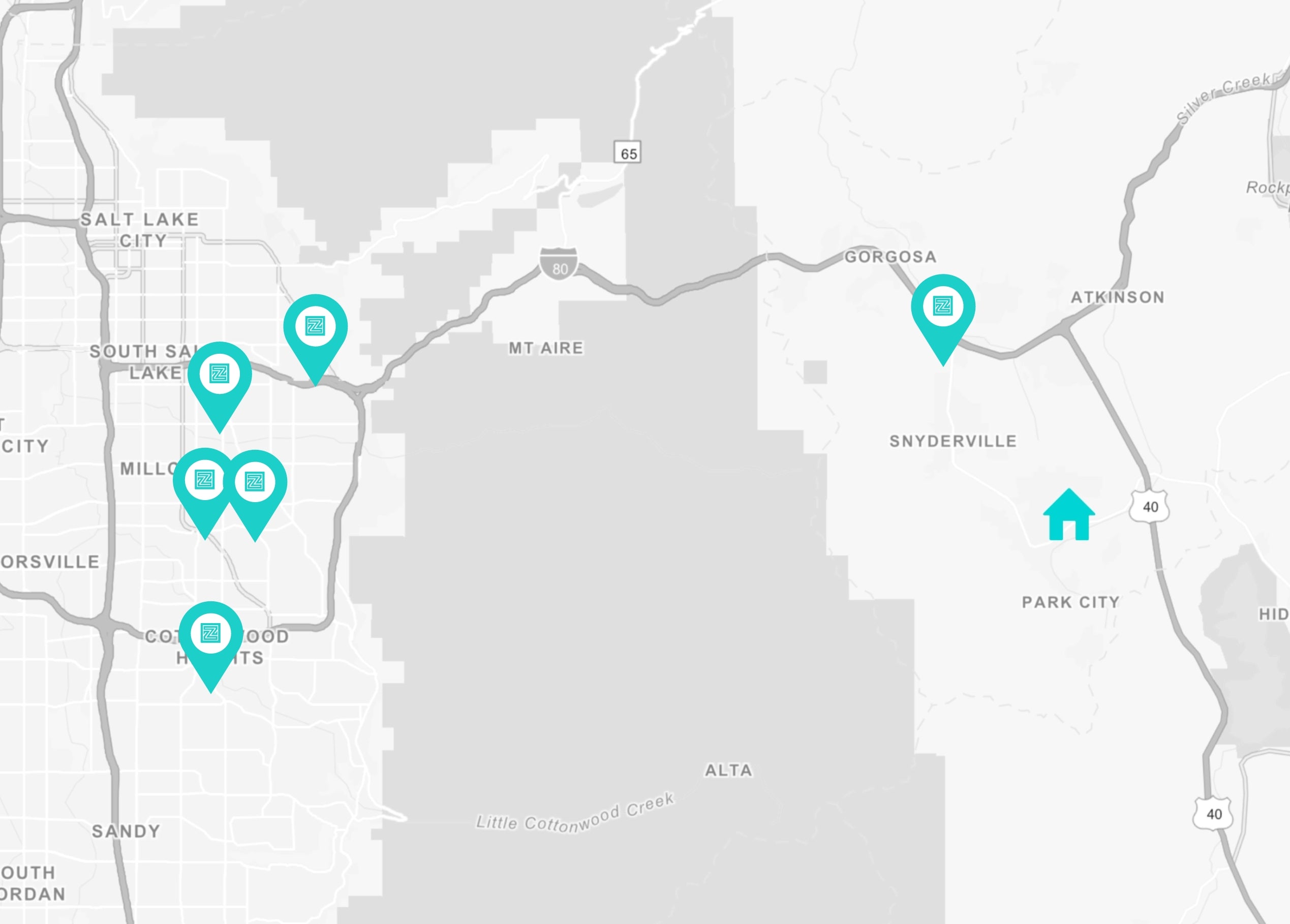As many of us know, chronic high blood pressure comes with many risks.
If your blood pressure is extremely high, your doctor may recommend daily medication. However, many people who receive a high blood pressure diagnosis may opt to lower their numbers, initially, through lifestyle changes. Unpleasant side effects associated with blood pressure medication can make natural ways to lower blood pressure a particularly attractive option.
Below are six natural, common sense options to explore with your health care provider…
1. Turn Off the Electronics and Take Time to Decompress
In 2013, Italian researchers found that consistent smartphone use for some may raise blood pressure readings significantly – from 121/77 to 129/82. (Keep in mind, the ideal standard is 120/80.) Researchers suggested it may be the unanticipated intrusion into daily life causing a sudden surge of stress.Try to structure “phone call time” and “off time” if you can. Let others know when it’s best to reach you. Turn off smartphone alerts for social media apps. Turning off your phone when you’re eating dinner or a few hours before bed can be particularly helpful in reducing stress.
2. Find a Form of Meditation That Works for You
Meditation alone is not enough to substantially reduce your blood pressure. It cannot replace the importance of eating healthy, managing weight, reducing salt intake, and exercise, etc. -- but studies have shown a positive effect, nevertheless. Different forms of meditation include: transcendental techniques, mindful meditation, relaxation response technique, prayer, or tai chi.Yoga is another well-studied form of meditation that can alter blood pressure through practiced relaxation techniques and movement. University of Pennsylvania investigators found that people who practiced yoga 2-3 times per week lowered their blood pressure by an average of three points, from 133/80 to 130/77.
3. Take Relaxing Baths to Reduce Stress
One of the ways I like to stay frazzle-free is to end my day with a relaxing Epsom salt and lavender bath. You can absorb magnesium from Epsom salts which may help to promote lower blood pressure by relaxing the blood vessels.Korean researchers report aromatherapy with scents like lavender may help to reduce daytime blood pressure, hypertension, and cortisol levels.
4. Exercise
Regular physical activity increases the heart’s strength and may reduce the amount of force placed on the arteries by an average of 4 to 9 millimeters of mercury (mm Hg). “That’s as good as some blood pressure medications,” the Mayo Clinic states. Exercise also reduces blood pressure by pumping blood through the arteries more rapidly, which stimulates endothelial cells in the blood vessel lining to produce nitric oxide – which expands blood vessels. It takes about three months of exercising 3-4 times per week to see one’s efforts pay off.Some of the best forms of exercise for lowering blood pressure include:
- Walking
- Jogging
- Cycling
- Swimming
- Dancing
- Gardening
- Basketball
- Tennis
- Climbing stairs
- Active chores like gardening, raking, or mowing the lawn.
5. Get Sunshine Daily
Researchers first suspected that sunlight plays a role in blood pressure when they observed that people with mild hypertension had lower blood pressure in the summer than the winter, and symptoms were worse the further people got from the Equator. Indeed, blood tests revealed that UVA exposure causes a release of nitric oxide from the skin directly into the bloodstream.As with nearly everything, sunbathing is not enough to significantly reduce blood pressure on its own. Healthy participants saw a drop in blood pressure between 2-5 mm HG, although it is suspected that people with high blood pressure would see larger decreases. Experts say the reduction in blood pressure from sunlight may reduce the risk of heart attack by 7% and the risk of stroke by 10%. Just 20 minutes outdoors (even on a cloudy day) may be enough to have a positive effect.
6. Eat Foods That MAY Naturally Support Healthy Blood Pressure
Everyone knows that reducing salt, fried foods, and excessive alcohol are important for managing blood pressure. What people may not know is that the following foods may have a beneficial effect on blood pressure:- Bananas – Eat a medium-sized banana to get approximately 420 mg of Potassium. Potassium causes the body to release more sodium from the body and eases tensions in the arterial walls.
- Beets – One glass of nitrate-rich beet juice per day may reduce blood pressure by 8/4 mm Hg. (By comparison, the average blood pressure medication yields a 9/5 mm Hg drop.) Study participants saw a 20% improvement in blood vessel dilation and a 10% reduction in artery stiffness.
- Blueberries – A cup of daily blueberries (or 22 grams of freeze-dried blueberry powder) can increase nitric oxide levels in the body and reduce blood pressure by 5/6 mm Hg, according to researchers from Florida State University.
- Celery – Eat four stalks (or one chopped cup) of celery per day. Celery contains a phytochemical called phthalides that relaxes the arterial wall tissues. You’ll also get fiber, magnesium, and potassium, which are important in blood pressure regulation as well.
- Cherries – Drink one cup of tart Montmorency cherry juice a day for a possible 7% reduction in blood pressure. Researchers believe the phenolic compounds protocatechuic and vanillic are responsible for the effects.
- Greens – Two cups of greens a day (in a salad or a smoothie) are recommended. Leafy greens like romaine, arugula, kale, spinach, collard greens, beet greens, and Swiss chard are high in Potassium.
- Fish – Benefits of Omega 3 fatty acids may aid in the reduction of blood pressure.
- Turmeric – Consider trying a couple of teaspoons of Golden Paste per day – in coconut milk, smoothies, salads, soup, or tea. Turmeric relaxes blood vessels, reduces inflammation, and improves endothelial function.
Of course, these are just a few of the many foods that may show support in helping to lower blood pressure. Eating a healthy and varied diet in addition to living a healthy lifestyle are the keys to creating lasting change.
Remember to always get your physicians seal of approval before making ANY dietary/lifestyle changes.
Additional Blood Pressure Lowering Resources:
https://www.ncbi.nlm.nih.gov/pubmedhealth/PMH0072413/
http://www.newsmax.com/Health/Health-News/blood-pressure-smartphone-hypertension/2013/05/16/id/504936/
http://newsroom.heart.org/news/meditation-may-reduce-death-heart-240647
http://www.heart.org/HEARTORG/Conditions/More/MyHeartandStrokeNews/Meditation-and-Heart-Disease-Stroke_UCM_452930_Article.jsp#.WOPyHW8rLDc
http://www.care2.com/greenliving/health-benefits-of-epsom-salt-baths.html
https://www.ncbi.nlm.nih.gov/pmc/articles/PMC3521421/
http://www.prnewswire.com/news-releases/new-research-shows-what-raises-and-lowers-blood-pressure-cell-phones-salt-and-saying-om-207508571.html
http://www.mayoclinic.org/diseases-conditions/high-blood-pressure/in-depth/high-blood-pressure/art-20045206
https://well.blogs.nytimes.com/2015/09/18/ask-well-the-best-exercise-to-reduce-blood-pressure/?_r=0
https://cathe.com/how-does-exercise-lower-blood-pressure
https://well.blogs.nytimes.com/2014/01/23/sunshine-may-benefit-blood-pressure/
http://www.express.co.uk/life-style/health/705705/reduce-high-blood-pressure-naturally-sunlight-nitric-oxide-statins
https://health.clevelandclinic.org/2015/04/celery-may-help-bring-your-high-blood-pressure-down/
http://www.heart.org/HEARTORG/Conditions/HighBloodPressure/MakeChangesThatMatter/How-Potassium-Can-Help-Control-High-Blood-Pressure_UCM_303243_Article.jsp#.WOT5j_krLDc
http://www.medicalnewstoday.com/articles/288229.php
https://well.blogs.nytimes.com/2015/01/14/blueberries-may-lower-blood-pressure/
http://www.dailymail.co.uk/news/article-3472224/Ward-heart-attacks-rhubarb-crumble-fruit-veg-blood-pressure-control.html
http://www.nutraingredients.com/Research/Small-fish-oil-doses-enough-to-lower-blood-pressure-RCT
http://www.turmericforhealth.com/general-info/10-easy-and-awesome-ways-to-use-turmeric-or-golden-paste
http://www.turmericforhealth.com/turmeric-benefits/4-benefits-of-turmeric-in-high-blood-pressure
http://www.mayoclinic.org/healthy-lifestyle/nutrition-and-healthy-eating/in-depth/dash-diet/art-20048456
Tricia Cardone, CN™, CHHC, CGP
In college, Tricia Cardone, CN™, CHHC, CGP, studied biology, nursing and the nutritional sciences. She attained her nutritional certification through American Health Science University in Colorado. Tricia is a (CGP) Certified Gluten Practitioner and she is Tier 1 and Tier 2 Certified by the Gluten Free Society. Tricia is also a graduate of the prestigious Institute for Integrative Nutrition® school, located in NYC, and is a Board Certified Holistic Health Coach. This training has inspired her to pursue her passion of teaching clients about whole food nutrition, healthy cooking, and holistic approaches to healthy living. Tricia is an established natural foods cook/instructor. Tricia currently gives ongoing cooking classes for those with various health concerns by teaching clients cooking alternatives with the omission of gluten, grains, dairy and refined sugars.
Follow Me:
Website: www.APassionforHealthyLiving.com
Instagram: Instagram.com/NHHealthyLiving
Twitter: Twitter.com/NHHealthyLiving
Facebook: Facebook.com/NHHealthyLiving




